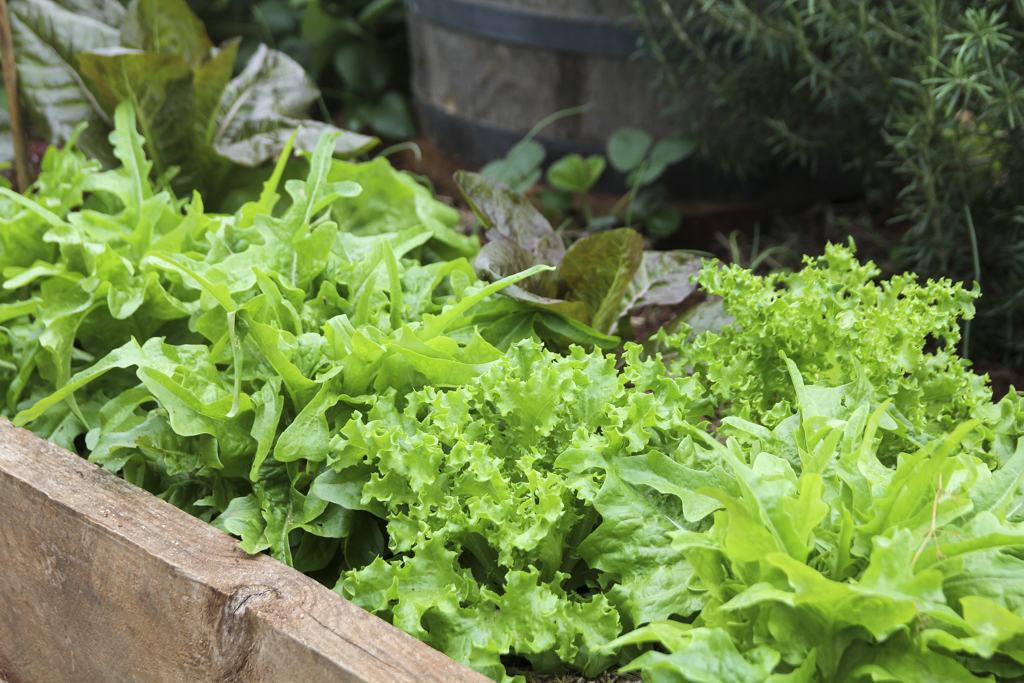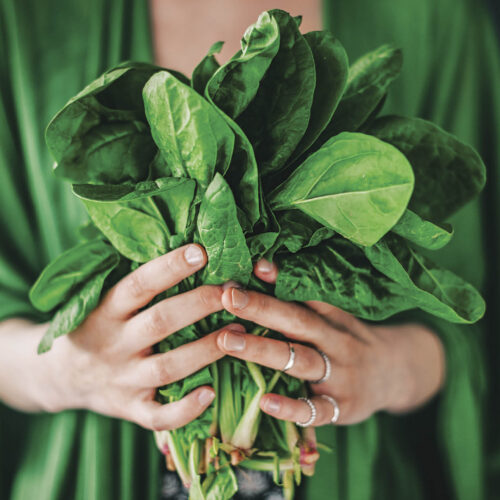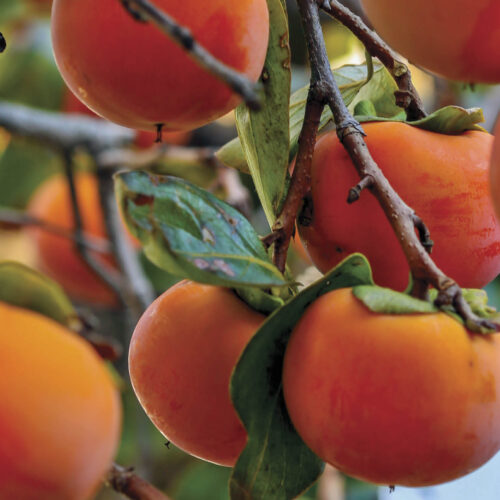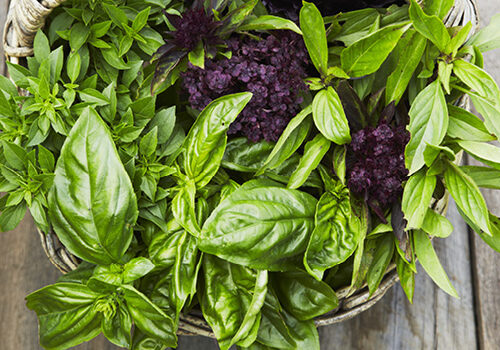What to plant in June
2017-05-30T22:00:00+10:00
Don't be tempted to hibernate because winter is here, says Justin Russell, there's still plenty of planting to be done in June.
One day I’m working outside in shorts, t-shirt and a straw hat, then next, it’s barely 10 degrees outside and I’m opting for inside, and some time spent by the woodheater. Winter is here.
I’m tempted to call winter my favourite season. But you know what holds me back: It’s a shocking season for planting vegies in temperate and frost-prone arid climates. By June, the long planting lists of spring have shrunk right down to just a handful of species that can be sown in cold, damp soil.
Spinach always tops my winter planting lists. It’s an essential, but a couple of other greens are close contenders for the top position. Mache, or lambs lettuce is a leafy brassica that loathes hot weather but performs like a champ in the cold. Miners lettuce, Claytonia perfoliata, is a succulent green that can even tolerate full shade – a true winter rarity. All can be sown now.
Alliums are another family of plants that relish the cold. Onion and leek seed sown now will take a few weeks to germinate, but the plants will happily do their thing through frost, rain and wind, eventually making it to harvest in early summer. June is also the latest month to plant garlic and shallots.
In warmer climes, there’s plenty that can go in this month. In the tropics, it’s the best time of the year for planting and almost anything edible can go in the ground, including traditional cool climate and shoulder season veg such as cabbage, kale, broccoli, lettuce, rocket, pak choy, basil, radish, turnip, carrot and parsnip. You can also go for traditional summer crops, such as pumpkin, zucchini, melons, cucumber, tomato, capsicum, chilli, eggplant, beans and corn. About the only things that tend to struggle are bulbing alliums, which need a decent change in daylight hours to perform well. Try alternatives such as elephant garlic and if you’re desperate to grow onions, try “short day” types such as Lockyer Brown.
In the subtropics, the list is a bit shorter but still extensive. Go for broad beans, shelling peas, snowpeas, carrot, beetroot, radish, turnip, broccoli, cabbage, cauliflower, kale, lettuce, chicory, celery, coriander, Florence fennel, mustard, rocket, silverbeet, spring onions, and short day bulbing onions.
Remember, you only get to experience about 80 winters in a lifetime. The best advice I can offer is to spend the next few months oscillating between inside and outside. Do spend some time hibernating, but on the flipside, don’t be afraid to rug up, get outside and grow delicious winter food for your family and friends. Happy planting!






